You may already know that Filipino food is known for its sweet and savory flavors, as well as the occasional dish not meant for the faint-hearted.
Perhaps one of the most famous dishes is Balut, a snack consisting of an eleven-day old feathery duck fetus whose slimy texture and half-formed head, bones, guts, and beak disgusts even the most daring eater.
Besides Balut, however, there are plenty of other unusual Filipino dishes for adventurous foodies. Here are 13 of them:
Popular Filipino Foods
Dinuguan
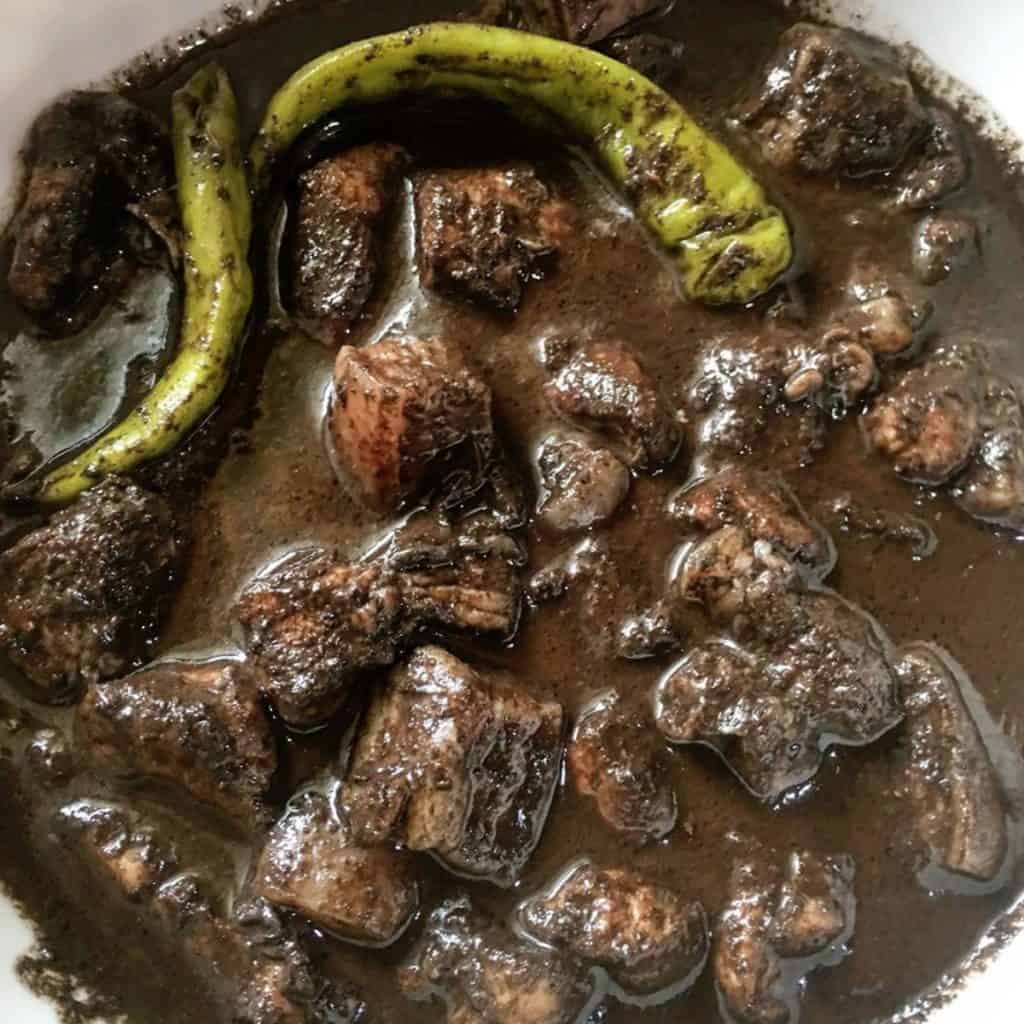
A favorite Filipino food among most locals is Dinuguan which is a rich savory stew made with pork offal and green chilies simmered in the blood of a freshly slaughtered pig. The name itself comes from the Filipino word for blood, dugo. It is a popular dish during town festivals and family parties served either on top of rice or alongside steamed rice cakes called puto.
The origins of Dinuguan are unknown but according to old wives’ tales, it came about due to the need to use every single part of a butchered pig.
Pinikpikan

Native to the Bontoc tribe of the Cordillera mountain region in the northernmost part of the Philippines, Pinikpikan seems like an ordinary chicken dish, but its method of preparation can be unnerving or even cruel to some.
To prepare Pinikpikan, a live chicken is beaten to death using sticks in a process called pikpik, which means “to beat” in the region’s local dialect, and hence the dish’s name. The chicken is then boiled with salt and cured pork, called etag, before being served. The ideal chicken for the Pinikpikan is not bloody, has its bones still intact, and only has bruises on its flesh, which locals believe makes its meat more tender and more flavorful.
Despite laws in the Philippines that outlaw animal abuse, Pinikpikan can still be found in many restaurants and cafes across the Cordillera region.
Soup Number Five
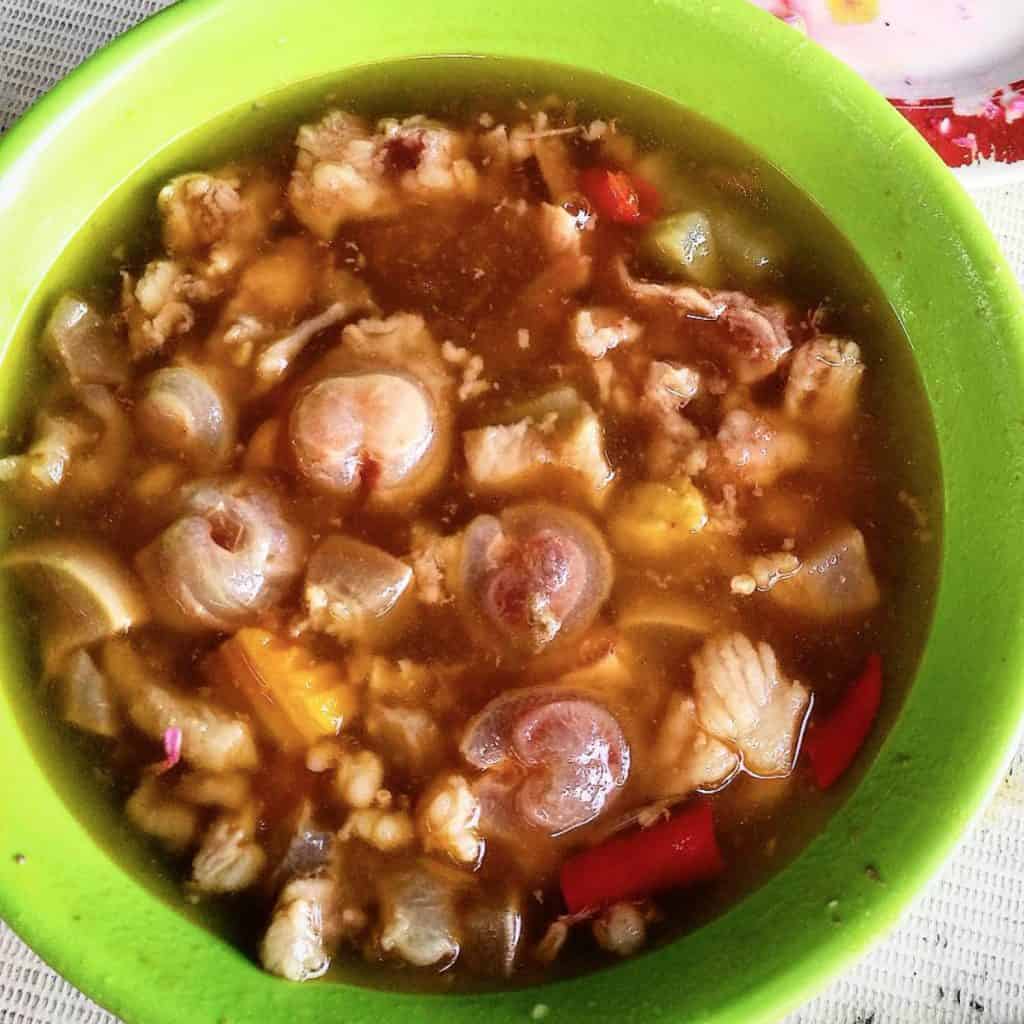
According to urban legend, this dish’s enigmatic name was a popular marketing tactic; back in the day, restaurants would label their first four soups according to its main protein – chicken, beef, pork, or seafood – but would leave the fifth option as a mystery to avoid explaining to diners its main ingredients.
Why? Well, Soup Number Five is made with a bull’s testicles and penis.
Considered to be an aphrodisiac, it was believed that this soup would give men the physical attributes, virility, and sexual stamina of a bull. While this has been largely debunked, Soup Number Five continues to be served all over the country.
Bopis
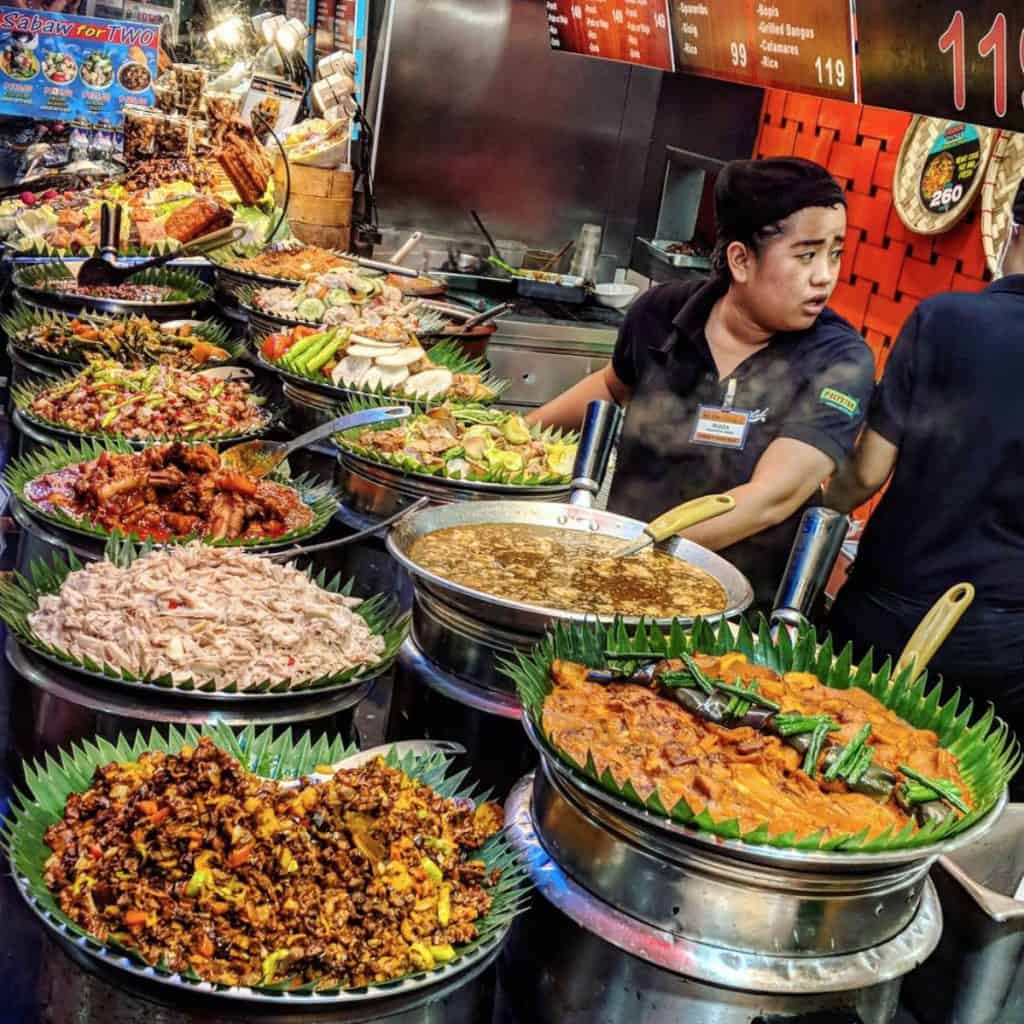
There are many regional variants of Bopis but they all share the same base – minced pig lungs and heart fried with onions, garlic, and chili peppers. The dish is usually served as an appetizer or as a main course alongside steamed white rice.
Bopis differs from region to region, and from family to family. For instance, in the province of Pampanga, the dish is served dry and called pulutok in the local dialect after the crackling sound that the minced pork would make in the pan.
Sundot Kulangot

While this sweet snack is harmless enough – kalamay or sticky rice, mixed with brown sugar and coconut milk, with a flavor similar to coconut jam – it is the name that repulses many.
In Filipino, Sundot Kulangot means “skewered boogers” or “pick a booger,” a name due to the candy’s resemblance to the mucus. Additionally, the name also comes from how the snack is eaten; packed within small wooden spheres, one must break these apart to pick at the candy inside.
Betamax
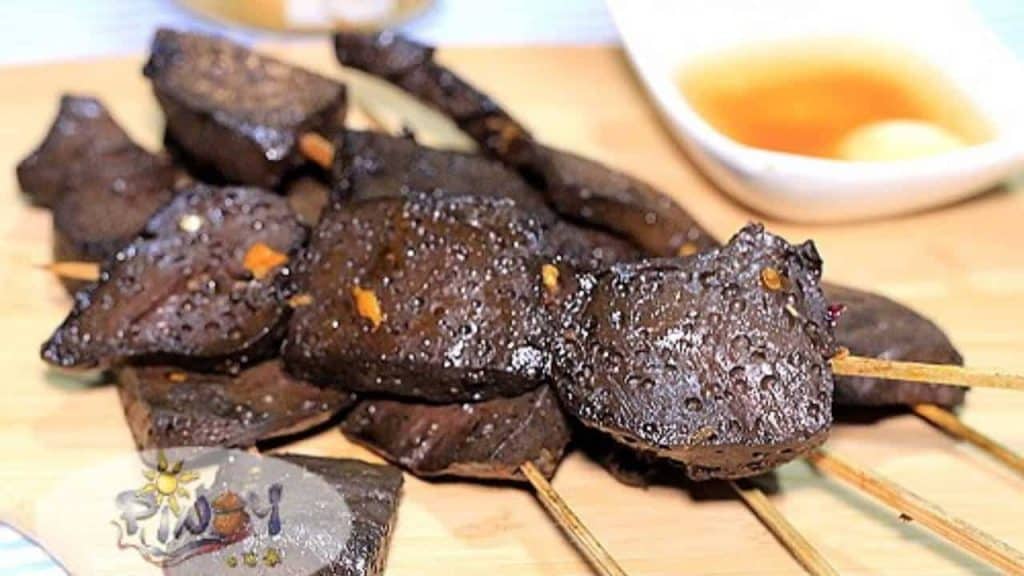
One of the most popular Filipino street foods, Betamax is made from coagulated chicken or pig’s blood, which are shaped into squares, skewered, and grilled. It is known for its dark reddish-brown, almost black, color and chewy texture. While it is typically dipped in spicy vinegar to add more flavor, some prefer it with sweet-and-sour sauce.
Adidas

Adidas is known all over the world as a sportswear brand, famous for its Yeezys and Ultra Boosts. In the Philippines, though, the name is more commonly associated with grilled chicken feet served on sticks from street carts.
Before grilling, the chicken feet are marinated in a mixture consisting of soy sauce, brown sugar, and spices, although this varies depending on the region or even the eater’s preferences. The resulting dish is sweet and has a tough, crunchy texture, usually eaten whole with the small bones spat out.
Tamilok
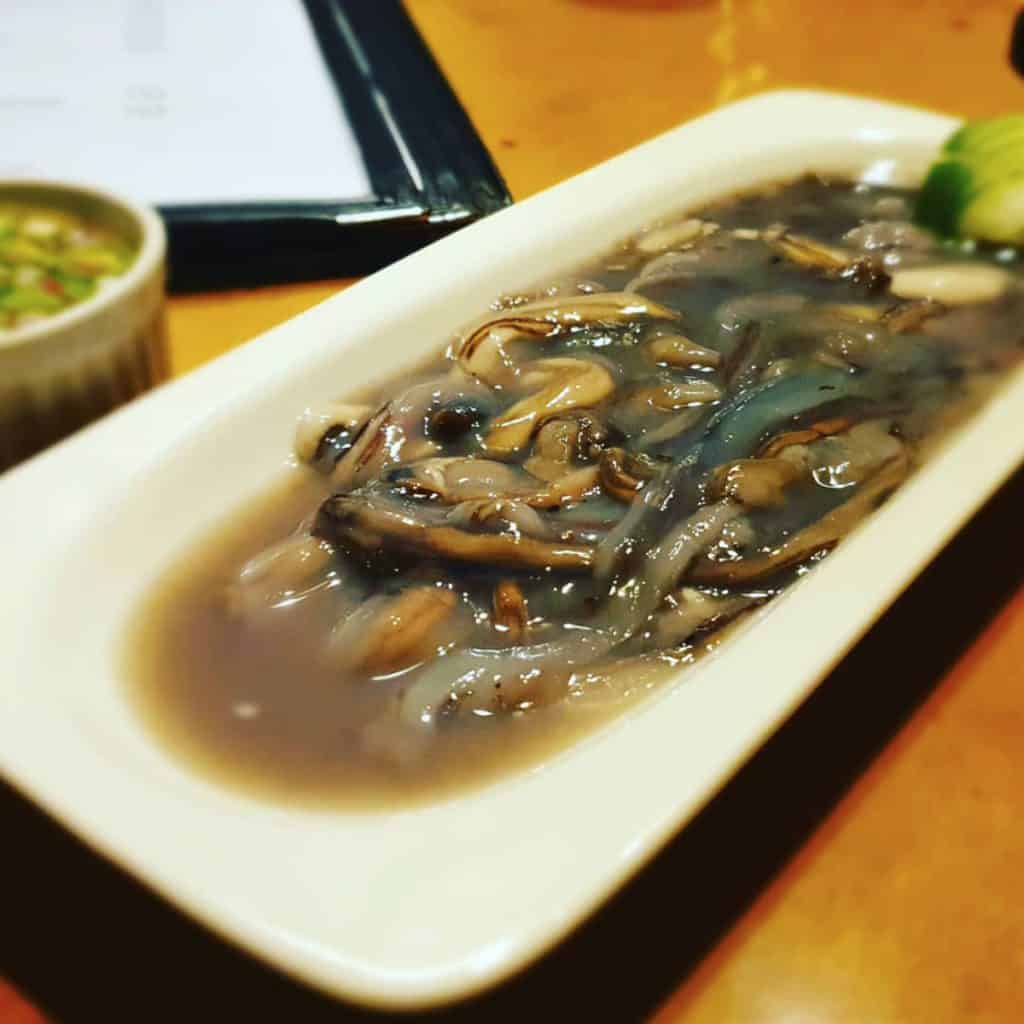
Tamilok is the Filipino version of the Japanese sashimi, found in the provinces of Aklan and Palawan. It consists of harvested woodworms with a salty flavor and slimy consistency, similar to oysters.
Isaw
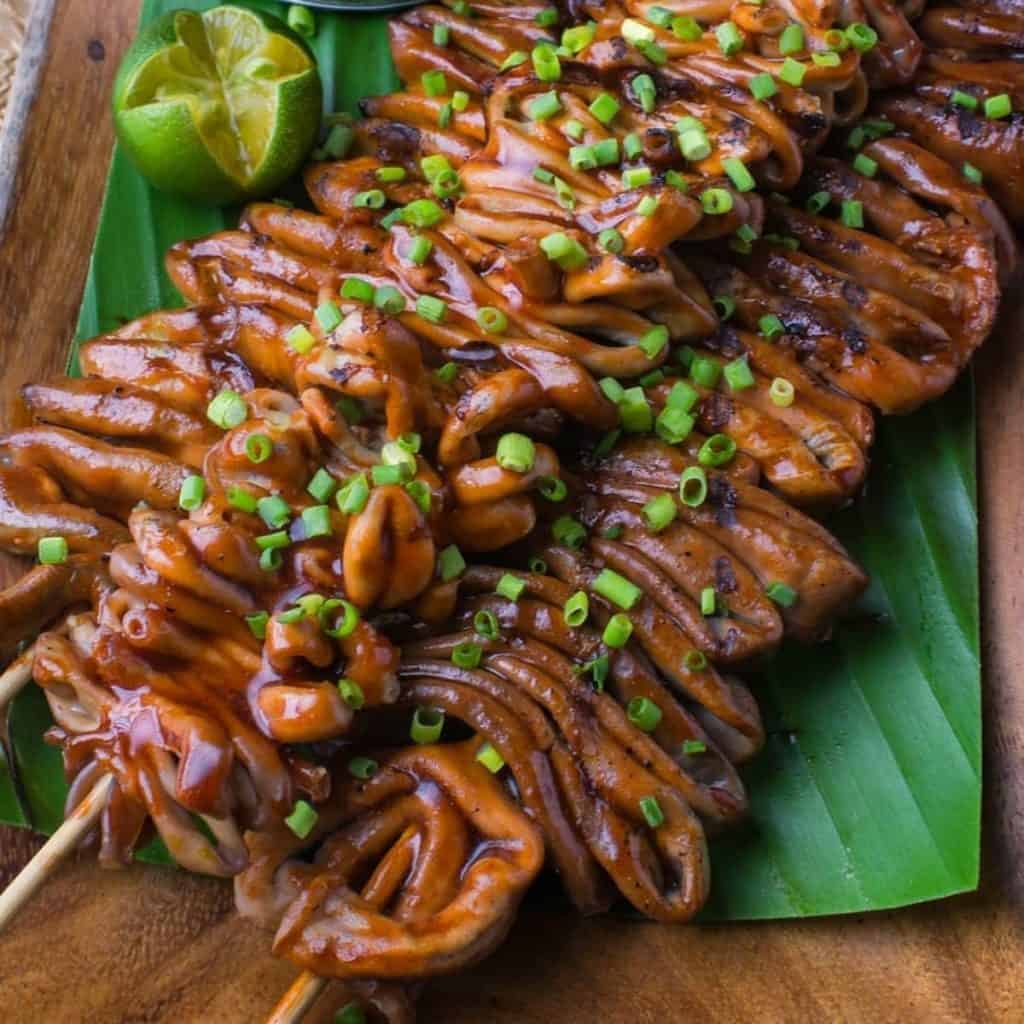
Another popular Filipino street food is Isaw, made with grilled chicken or pig intestines on skewers. Served with spicy vinegar, Isaw makes for the perfect afternoon treat or a quick sober-up snack.
Batchoy
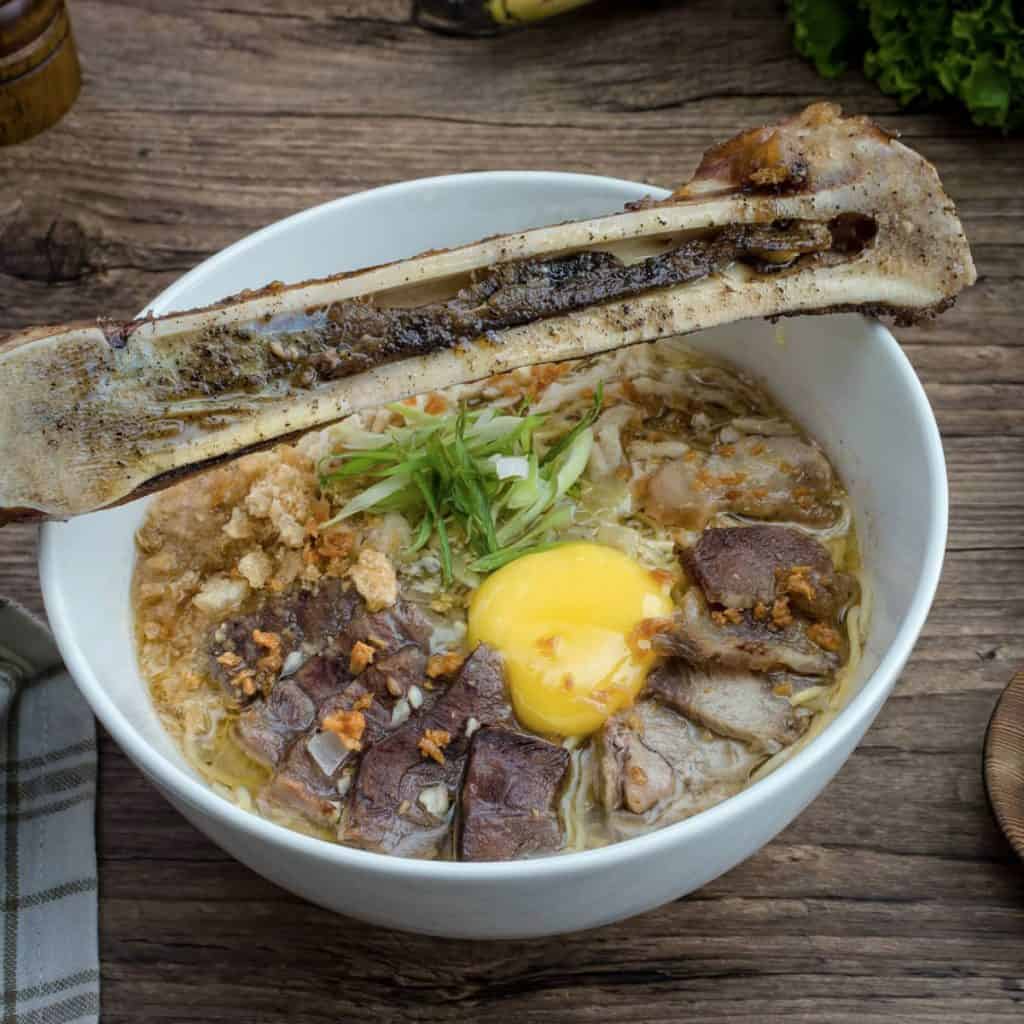
Batchoy, also known as La Paz Batchoy, stems from La Paz, Iloilo City in the Western Visayas region of the Philippines. It is a noodle dish served with either pork offal or chicken with pork cracklings on top to add texture. Pig’s blood is usually mixed into the soup to add more flavor.
Lengua
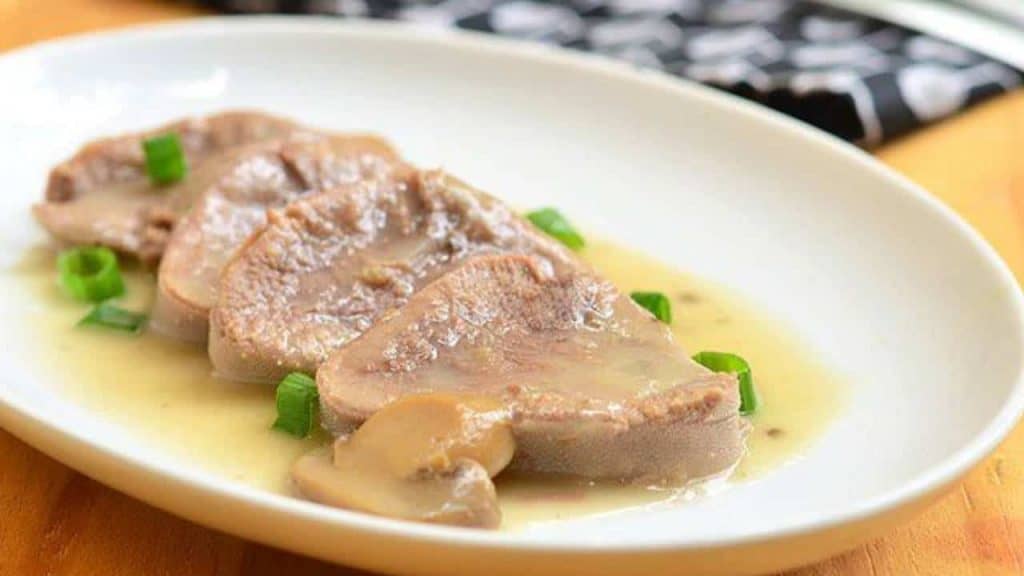
This world-renowned dish, made with beef tongue slow-cooked in mushroom gravy, has its origins in the country’s history as a colony of Spain. However, another regional variant consisting of tomato sauce and potatoes is also popular. Lengua has a rich and delicious sauce, and when cooked properly, the beef tongue is tender and melts in your mouth.
Sisig
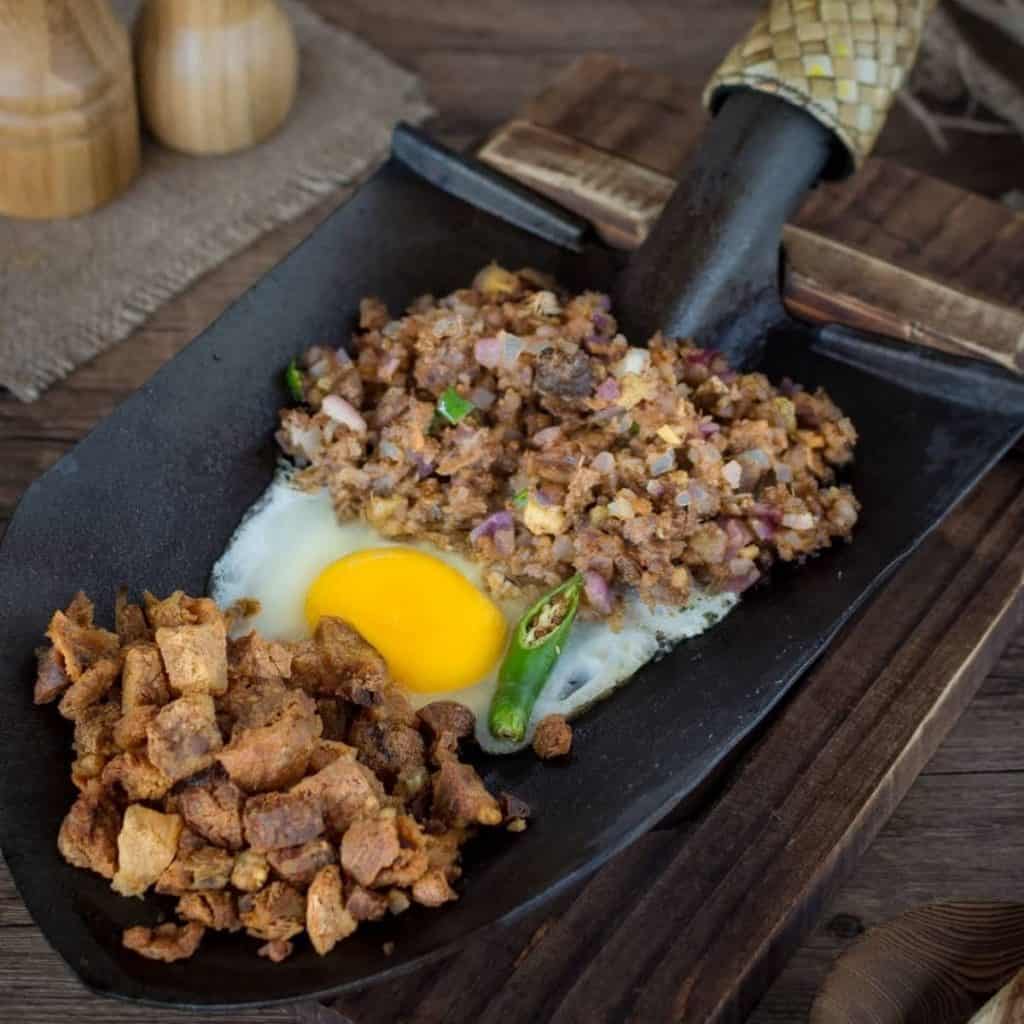
Made with finely-chopped pig cheeks, snout, brain, and ears, Sisig is served on a sizzling plate alongside onions with a raw egg on top, which is mixed in with the dish for a creamier consistency. It is a popular pulutan, which in Filipino, refers to the food eaten alongside alcoholic drinks. Modern interpretations nowadays include Sisig made with chicken or seafood.
Chicharon Bulaklak
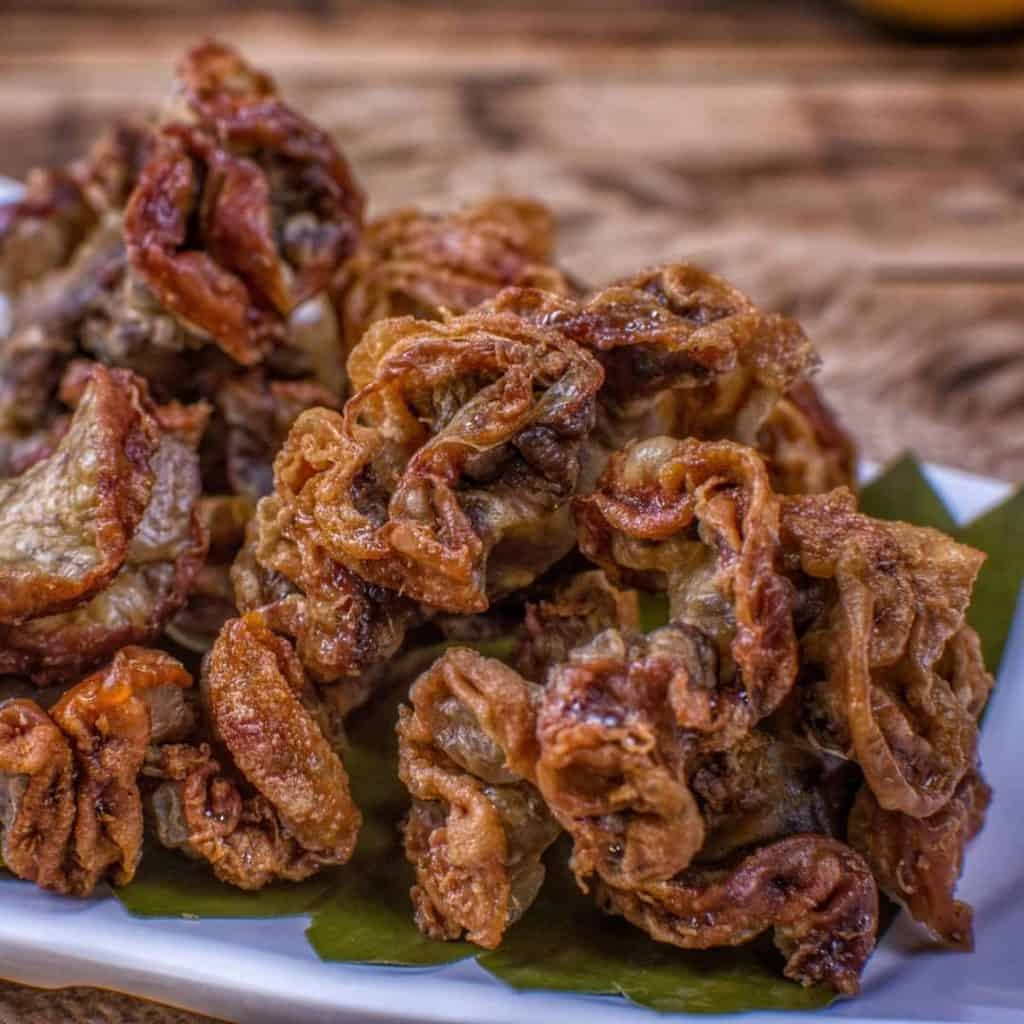
Another pulutan, this local snack consists of deep-fried pig intestines served with spicy vinegar. Bulaklak, which means “flower” in Filipino, refers to how the dish resembles one in bloom. In preparing Chicharon Bulaklak, cleaning the intestines is extremely important to ensure that the cooked dish is crunchy and crispy.
There you have it. Our list of traditional Filipino food for the adventurous soul. The more learn about Filipino food culture the more dishes we want to try out. We’ve already tried a few of these popular dishes that have made it into American menus and are looking forward to trying the rest.
How many of these have you tried? Share your reply on social media and tag us to be featured on our page!

